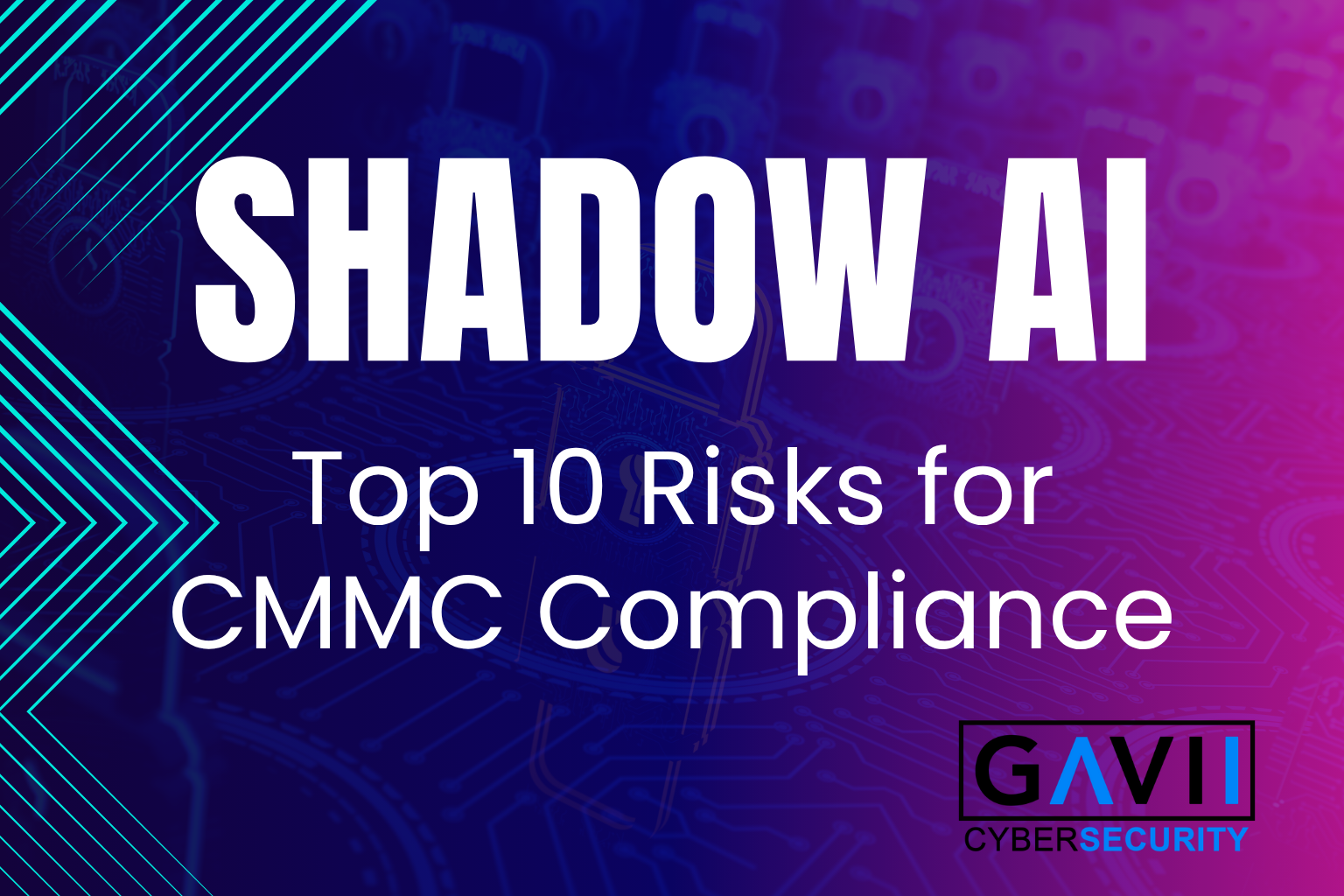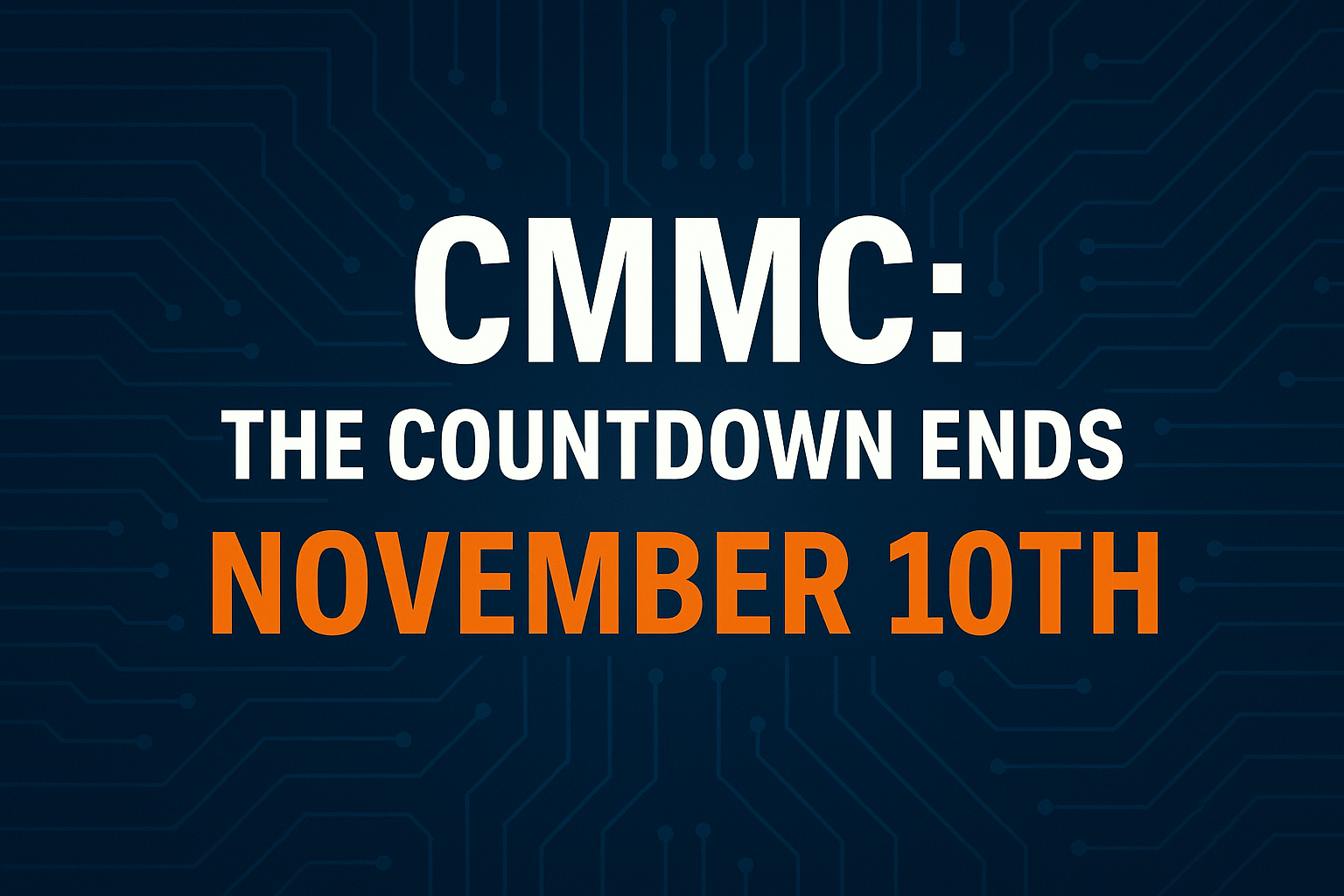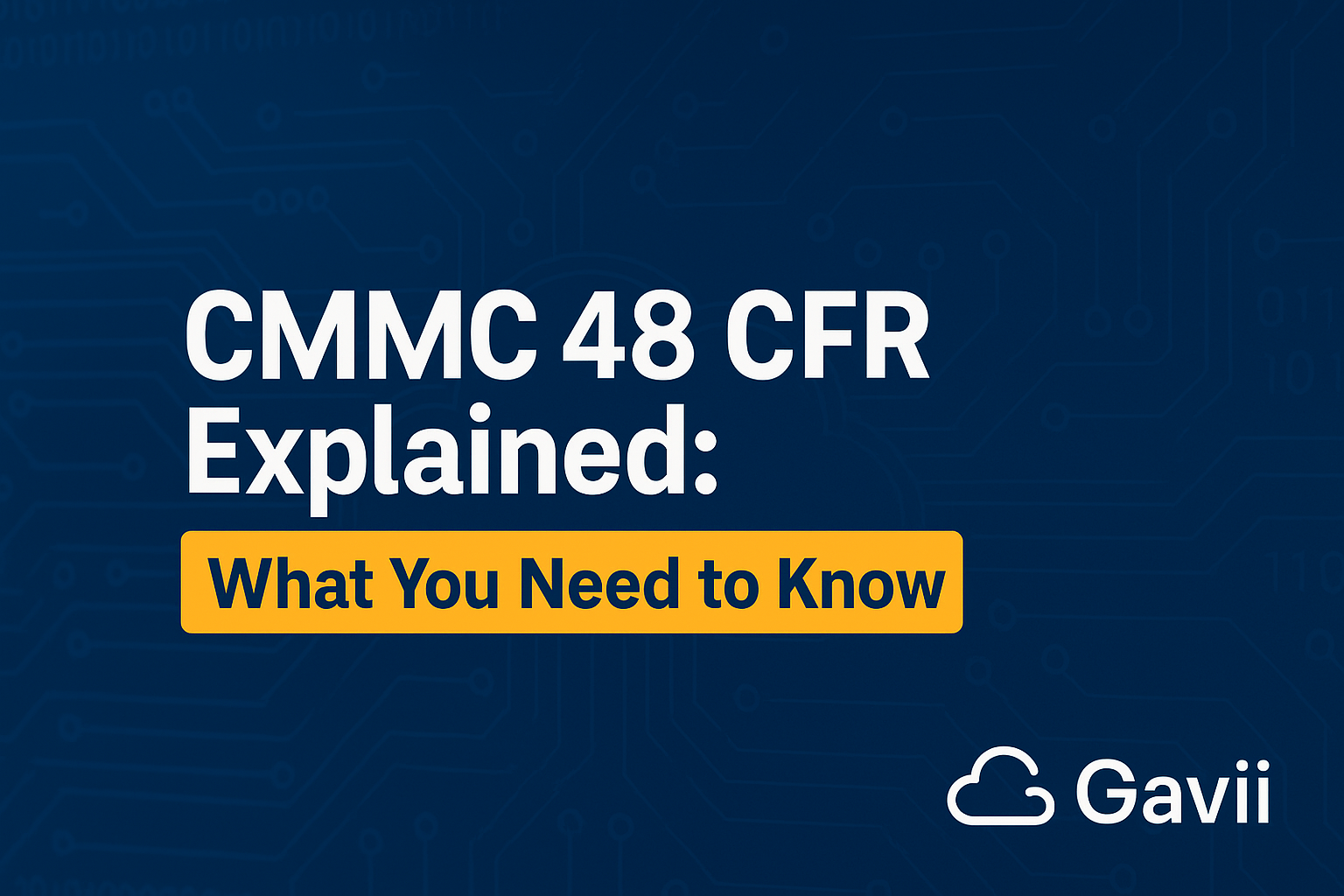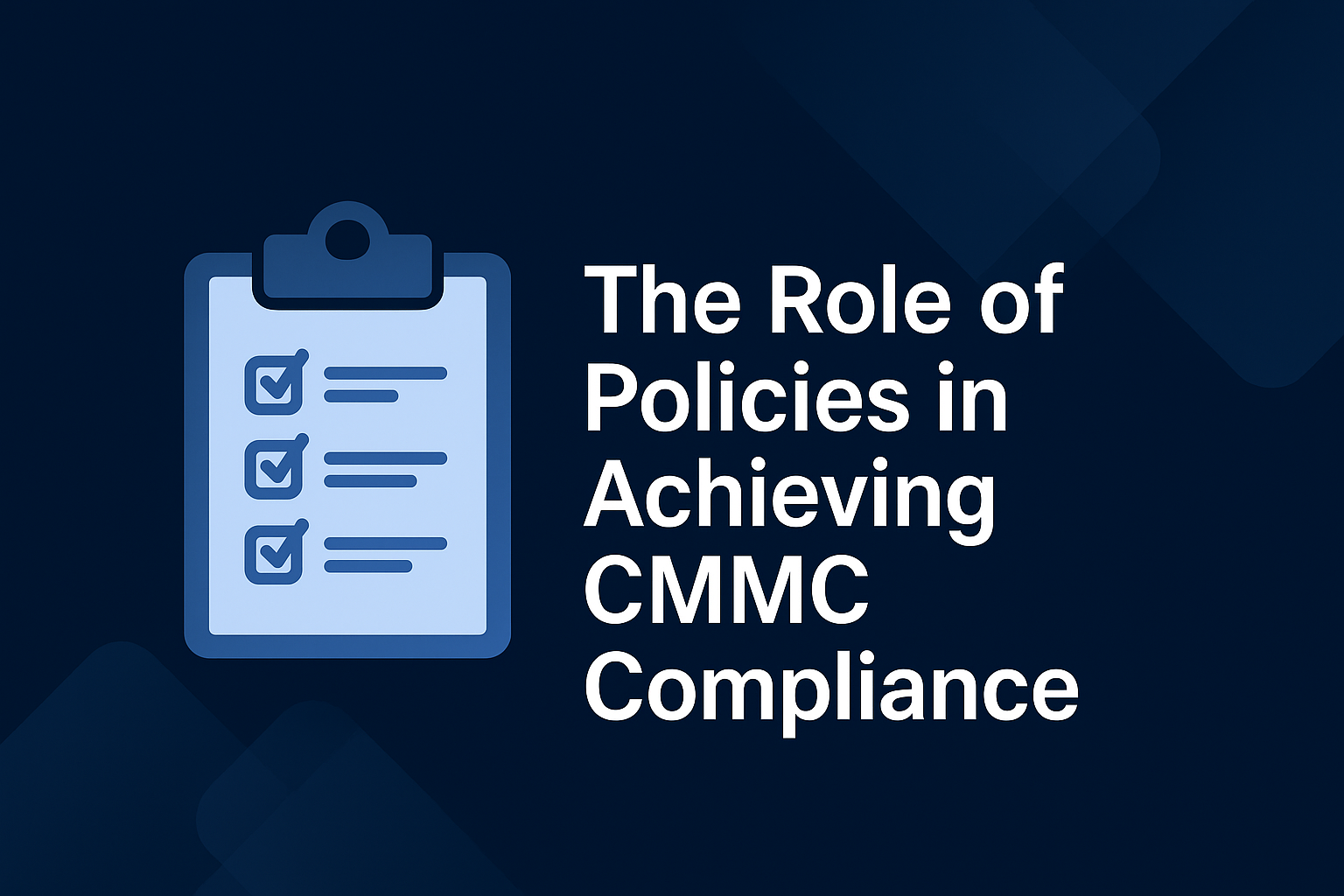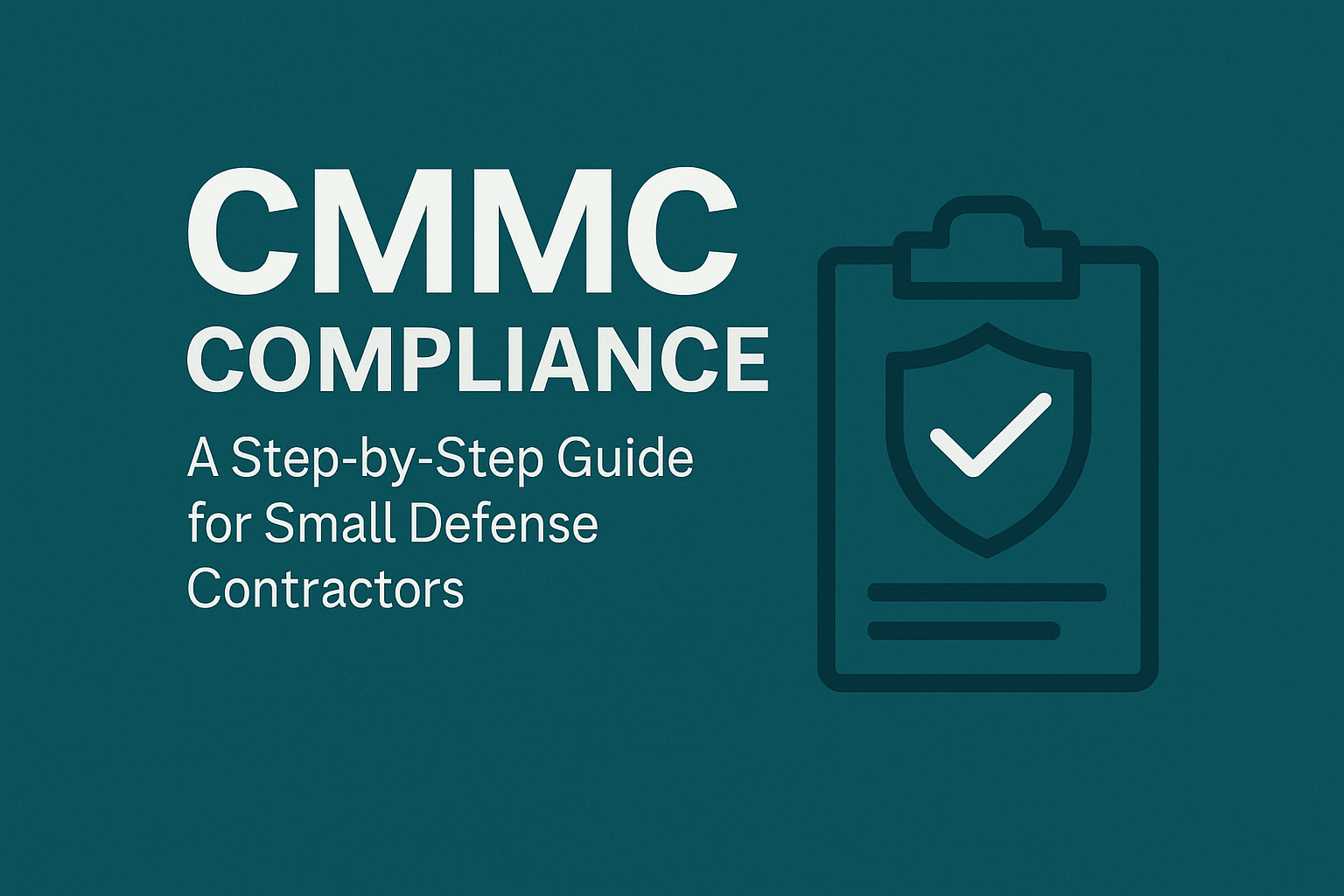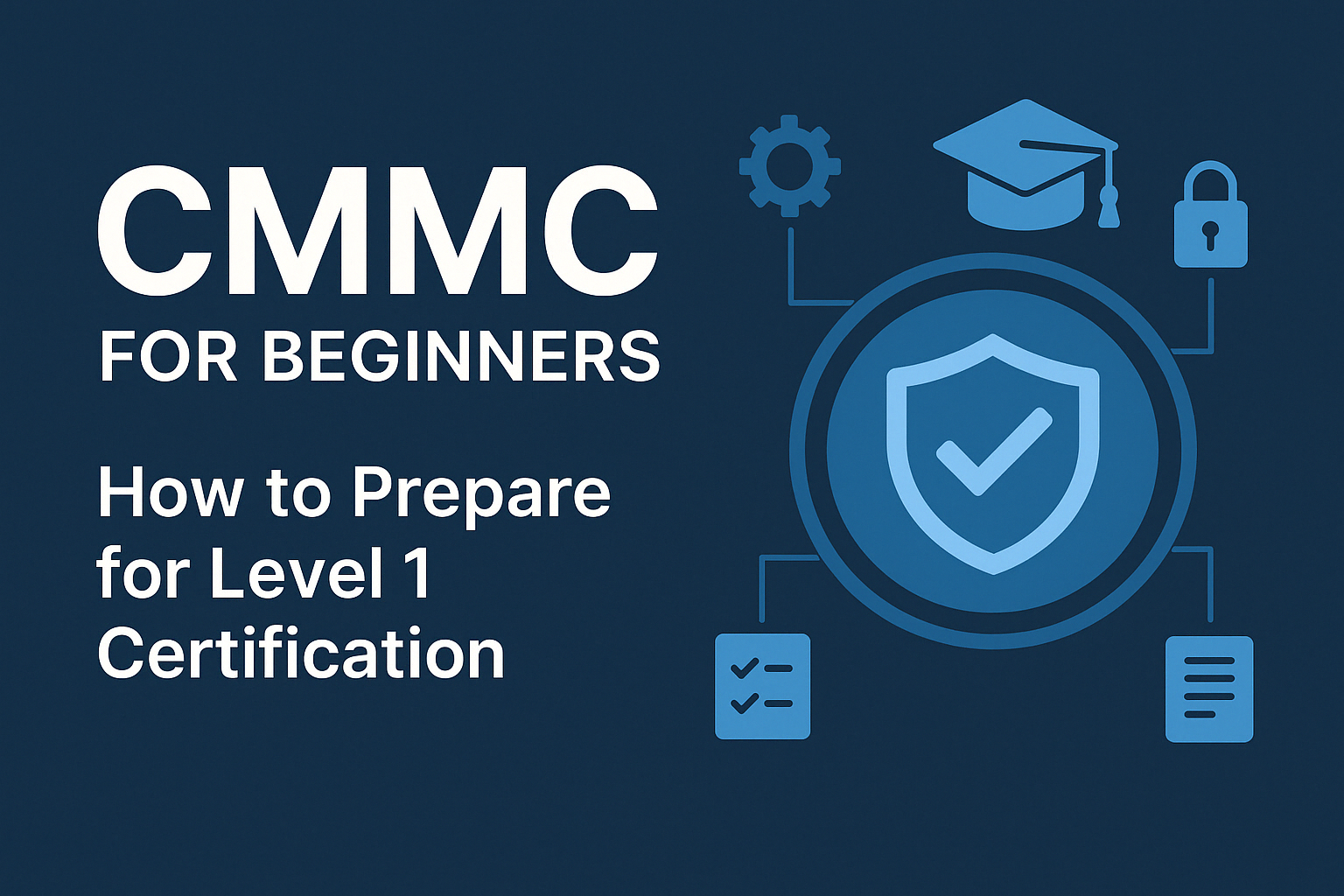
Navigating the complexities of cybersecurity compliance can be daunting, especially for defense contractors. With the final Cybersecurity Maturity Model Certification (CMMC) rule effective December 2024, understanding CMMC Level 1 is crucial for handling Federal Contract Information (FCI). This guide provides a beginner-friendly breakdown of CMMC Level 1, equipping you with the knowledge to prepare for your self-assessment.
What is CMMC Level 1?
CMMC Level 1 is the foundational cybersecurity certification required for defense contractors working with FCI but not Controlled Unclassified Information (CUI). It focuses on implementing fundamental cyber hygiene practices to protect sensitive federal contract information. Level 1 is based on 15 requirements outlined in Federal Acquisition Regulation (FAR) 52.204-21 and mandates an annual self-assessment.
FCI is defined as “Information, not intended for public release, that is provided by or generated for the Government under a contract to develop or deliver a product or service to the Government, but not including information provided by the Government to the public (such as on public websites) or simple transactional information, such as necessary to process payments.”
Steps to Prepare for CMMC Level 1 Self-Assessment
Embarking on your CMMC Level 1 journey involves several key steps:
- Define the Assessment Scope: Identify the assets within your environment that process, store, or transmit FCI. These are considered in-scope for your Level 1 self-assessment.
- Assess Your Current State: Evaluate your current cybersecurity practices against the 15 CMMC Level 1 requirements.
- Develop Policies and Procedures: Document how your organization meets each requirement.
- Implement Required Practices: Put controls and processes in place to address all 15 requirements.
- Train Your Team: Ensure all employees understand their roles in cybersecurity compliance. Foster a cybersecurity culture.
- Conduct a Self-Assessment: Perform an internal audit to verify that all requirements are met. Each requirement is assessed as MET, NOT MET, or Not Applicable (NA).
- Prepare for Affirmation: A senior company official must affirm compliance annually.
Key Requirements for CMMC Level 1
CMMC Level 1 comprises 15 requirements across 6 domains:
- Access Control (AC) (4 controls): Limit system access to authorized users.
- AC.L1-b.1.i – Authorized Access Control: Limit access to authorized users, processes, and devices. Example: Maintaining an authorized personnel list.
- AC.L1-b.1.ii – Transaction & Function Control: Limit access to permitted transactions and functions. Example: Role-based access controls (RBAC).
- AC.L1-b.1.iii – External Connections: Verify and control external connections. Example: Cloud service access terms.
- AC.L1-b.1.iv – Control Public Information: Control publicly posted information. Example: Approval process for external-facing systems.
- Identification and Authentication (IA) (2 controls): Verify user identities.
- IA.L1-b.1.v – Identification: Identify system users, processes, and devices. Example: Assigning unique user IDs.
- IA.L1-b.1.vi – Authentication: Verify identities before granting access. Example: Resetting default passwords.
- Media Protection (MP) (1 control): Protect physical and digital media.
- MP.L1-b.1.vii – Media Disposal: Sanitize or destroy media containing FCI before disposal. Example: Shredding FCI-containing CDs.
- Physical Protection (PE) (4 controls): Control physical access.
- PE.L1-b.1.viii – Limit Physical Access: Limit physical access to authorized personnel. Example: Locking system storage areas.
- PE.L1-b.1.ix – Escort Visitors: Escort visitors and monitor activity. Example: Managing key card access.
- System and Communications Protection (SC) (2 controls): Secure communication protocols.
- SC.L1-b.1.x – Boundary Protection: Monitor and protect system boundaries. Example: Implementing firewalls and web proxies.
- SC.L1-b.1.xi – Public-Access System Separation: Separate public systems from internal networks. Example: Using a demilitarized zone (DMZ).
- System and Information Integrity (SI) (4 controls): Ensure systems are up-to-date and protected against malware.
- SI.L1-b.1.xii – Flaw Remediation: Correct system flaws in a timely manner. Example: Weekly patching schedule.
- SI.L1-b.1.xiii – Malicious Code Protection: Provide protection from malicious code. Example: Deploying antivirus software.
- SI.L1-b.1.xiv – Update Malicious Code Protection: Update protection mechanisms regularly. Example: Regular signature updates.
- SI.L1-b.1.xv – System & File Scanning: Perform periodic and real-time scans. Example: Scanning email attachments.
Tools and Resources for CMMC Level 1 Compliance
Consider using documentation toolkits designed for CMMC compliance to streamline your preparation process. These can provide templates for required policies, procedures, and plans. However, be careful not to blindly use templates that are not appropriate for your specific environment; they must be configured to accurately reflect your actual processes. Some helpful tools include:
- Governance, Risk, and Compliance (GRC) tools: Manage compliance details.
- Risk assessment tools: Identify security risks.
- Policy management software: Create and manage policies.
- Vulnerability scanners: Check for system weaknesses.
- Security Information and Event Management (SIEM) systems: Monitor security events.
GAVII Cybersecurity offers comprehensive support, including gap analysis, assessment readiness, documentation, and training. We can help you select and implement the right tools.
Download Your Free CMMC Compliance Checklist! This checklist provides a step-by-step guide to help you prepare for your CMMC assessment and ensure you’ve addressed all the critical requirements.
Conclusion
Preparing for CMMC Level 1 certification requires a systematic approach to implementing basic cybersecurity practices. By understanding the requirements and taking proactive steps to meet them, you can position your organization for compliance and continued eligibility for DoD contracts involving FCI.
Remember, CMMC compliance is an ongoing process. Stay informed about updates to the CMMC framework and continuously improve your cybersecurity posture to maintain compliance and protect sensitive information.

